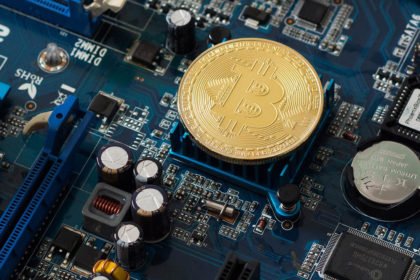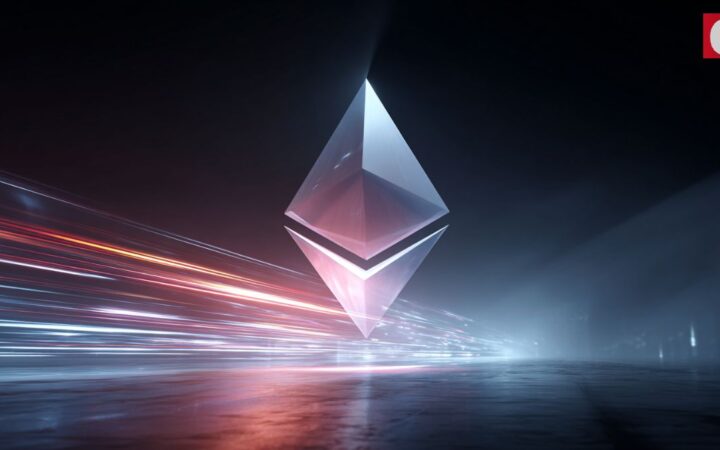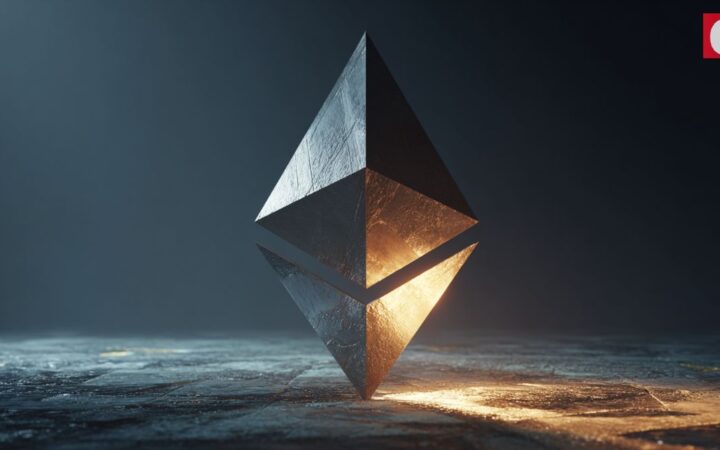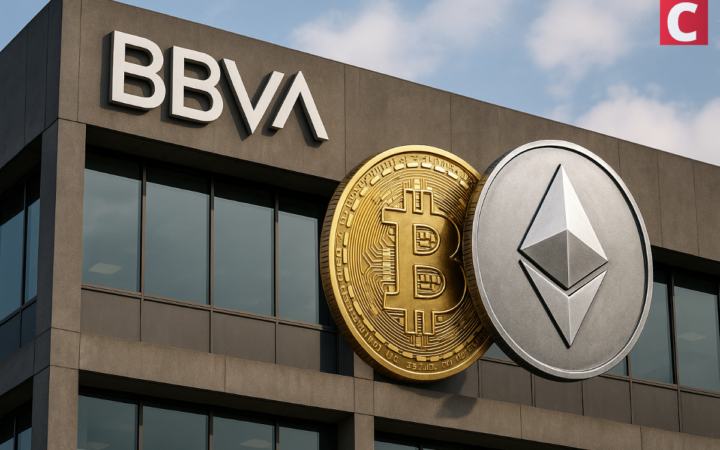As the price of Bitcoin soared high last year, putting millions on the table, a hot battle over crypto gold ensued. In the proof-of-work system the one who solves the block gets the reward, so owning top hardware increases the chances of beating the competition.
Where there’s demand, there will be supply. Over the last few years, the bitcoin mining rage has been shaping the hardware market. Dozens of companies, including top tech giants like Samsung, are working on their own ASICs for mining cryptocurrency. Powerful, cost-effective and energy-efficient, the new ASIC miners disrupted the industry, leaving the best part of competition far behind.
Mining Controversy
The trend of using ASIC chips for mining has divided the crypto world into two camps. First, there are those who argue that they threaten the very idea of decentralization that blockchain is based on. Every few months new mining rigs are announced – even for those cryptocurrencies that are designed to be ASIC-resistant. As new big developers emerge in this market, computing power becomes less evenly distributed. Such companies can have a big influence on ecosystems, provoke hard-forks and significant changes of policy.
There is another point of view, which has been gaining more and more supporters lately. It states that increased hashrate and ASICs are actually good for crypto networks’ security. The problem with GPUs is that their high accessibility makes ASIC-resistant coins more vulnerable to 51% attacks.
Moreover, the attackers would have to make incredible investments in their mining equipment. ASIC chips offer higher hashrate and better performance, but there’s also a catch: they cannot be reprogrammed. A successful attack on a coin would make its price go down, destroying all the value of the mining hardware. While GPUs can be sold or used for other purposes, ASICs mining rigs would be bricked.
Cloud Mining – Still Worth It
ASICs technology race has led us to the point where yesterday’s hobby turns into an industry. As mining difficulty grows, many coins cannot be effectively mined on an ordinary computer anymore. To get a profit from mining top cryptocurrencies these days, we need specialized mining hardware and access to cheap electricity. Economies of scale give large mining businesses a serious advantage here.
Can individual miners still get a profit? The answer is yes. They can continue GPU mining for less popular coins (many of the newer coins are designed to be ASIC-resistant), or try leasing the modern equipment from cloud mining providers. The complexity of mining known crypto currencies grows day by day, but cloud mining still remains a profitable niche.
Joining the Competition
Our project, Hashtoro, is a cloud mining service for BTC, Litecoin and Ethereum. We offer affordable opportunities with a low entry barrier. At the moment we are using ASIC miners from one of the leading companies, but by the end of this year we plan to create a team in order to develop our own chips. Becoming an ASIC manufacturer will mean improving our efficiency, promoting decentralization in the market of mining equipment, and offering our clients even more affordable cloud mining contracts.
Hashtoro strongly supports the use of ASICs in mining. We think that the solution to ASIC monopoly problem is encouraging the healthy competition for the hardware developers. In the current situation, an arms race is actually a good thing.
As this technology is developed further, smaller and more efficient chips will appear. The shelf life for mining equipment will extend from months to years, further evening the situation in the market. Yes, mining has gone professional, but it is a natural process, and we must embrace these changes and these challenges, and take our part in building an ecosystem with strong, healthy competition.
Disclaimer: Coinspeaker is committed to providing unbiased and transparent reporting. This article aims to deliver accurate and timely information but should not be taken as financial or investment advice. Since market conditions can change rapidly, we encourage you to verify information on your own and consult with a professional before making any decisions based on this content.

Alexander is a crypto-enthusiast, author of articles on IT and blockchain, and a product director of cloud mining service Hashtoro.com. Having graduated from Riga Technical University and UK's Cass business school, he started his professional career in small IT companies in Europe, then moved to USA, where he worked on the development of mobile processors in Telecommunications equipment company Qualcomm. Since 2012, with a team of like-minded people Alexander has been working towards creating their own cryptocurrency.





